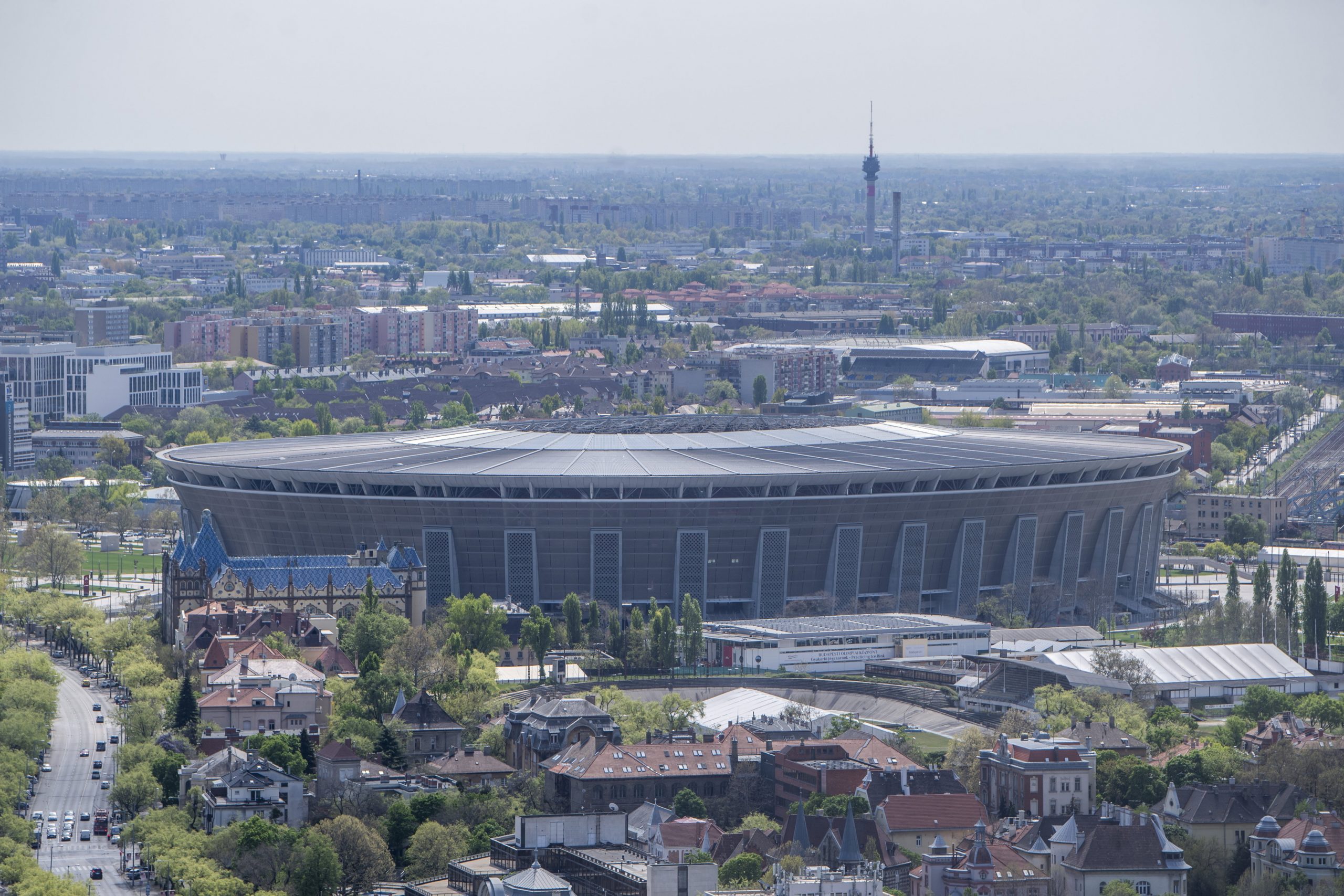
"We saw the Hungarian heart tonight,” coach Marco Rossi praised the national team.Continue reading

László György, Secretary of State for Innovation and Higher Education at the Ministry of Culture and Innovation, wrote on his social media page explaining why it is worth building stadiums. The topic is a divisive one in Hungary, where several stadiums have been built or renovated in recent years, including the Puskás Arena in Budapest, which has since hosted the European Football Championship. Some Hungarians argue though that the government should spend this money elsewhere.
In his post, the politician wrote that as a young man he saw training pitches run down, stadiums lacking atmosphere, sports commentators sniffing about matches and footballers being slated.
He went on to discuss the development of the Hungarian national football team. “There are many ways to explain it, but the Hungarian national team has grown mentally, in fighting ability, in organization, to the top in the most passionate, most crowd-pleasing sport in the world. (…)”
The national eleven gives faith to a whole nation, spurs a whole nation on to better performance.”
László György added that this development also required infrastructure, with the government spending HUF 330 billion on stadium reconstruction between 2010 and 2020. While some may consider this a lot of money, the Secretary of State went through the tasks that needed to be done.
“We have rebuilt an infrastructure that has been amortizing for 60 years for the next 60 years,” he said, adding that in the meantime, the government has spent more than 10,000 billion forints on roads, bridges, highway construction, hospitals, schools, kindergartens, nursery renovation and construction.
The Secretary of State then presented the merits of stadiums through a study. “Researchers at the University of Bonn, Germany’s elite research university, quantified the indirect, or spin-off effects on the German economy of Germany’s 2006 World Cup and its third place finish. Previously, the German government had expected growth of 1.6 percent in 2006, but seeing the euphoria, they revised their forecast to 2.3 percent, ending up with 3.2 percent.”
László György added that the stadiums in Hungary were built by Hungarian workers, using Hungarian materials, based on the designs of Hungarian engineers, so the money spent was returned to the Hungarian economy.
Not to mention when the anthem is sung from 70,000 voices at the beginning and end of the match. The feeling: priceless.”
In Hungary, the renovation and construction of stadiums is a divisive issue, with many people questioning why the government spends so much money on this when it could be spending on so many other things. However, the moral value of the 67,000-seat Puskás Arena in Budapest, which has been renovated and had hosted concerts alongside last year’s European Football Championship matches, has already been proven.
On Monday evening, the Hungarian national team took to the pitch in front of a full house against Italy in a Nations League match, with tens of thousands of Hungarian fans in the stands. The tickets were sold out in a short time, which clearly demonstrates the interest of Hungarians.
Anyone who has been to a Hungarian match in the stadium knows exactly what the atmosphere is like when tens of thousands of fans join in singing the Hungarian anthem and cheering on the team. Although Monday’s match ended in a Hungarian defeat, it did not dampen the spirits of the fans, who are awaiting the next opportunity to support the national team at Puskás Aréna.
Featured photo via MTI/Balogh Zoltán